You’re probably about to set sail, and the question of safety at sea arises. When you take the initiative to travel on the water, it’s essential to have the equipment you need to protect yourself at sea. There are a number of things you should bear in mind if you want to ensure your trip is a safe one. Here is some information you may find useful before setting off on your voyage.
Regulations on safety equipment on board
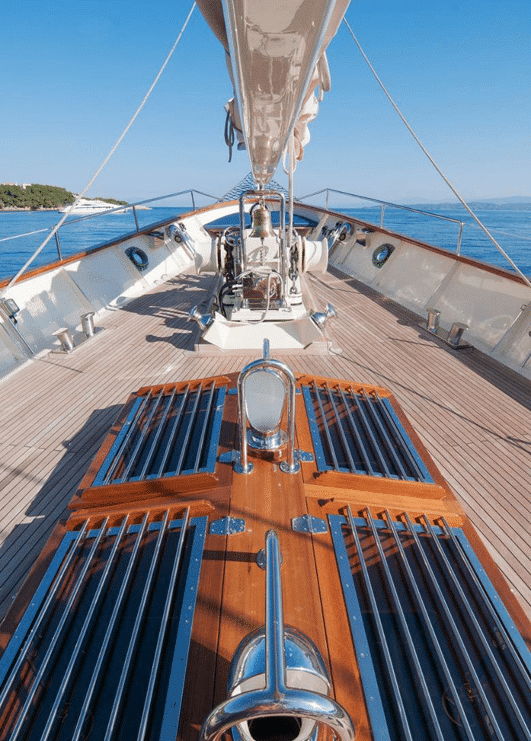
When you sail on water, you undertake to follow specific regulations. Depending on whether you’re sailing at sea, on a river, lake or canal, the rules to be observed will not be identical. Find out all you need to know beforehand so that you can enjoy your boating experience with peace of mind. However, there is one piece of information you will certainly not have missed: a boating licence is usually required for anyone who goes boating.
First of all, there are regulations to follow if you choose to go sailing. Known as “Division 240″, these regulations are in fact a set of texts relating to the safety equipment required on board. They are contained in the decree of 23 November 1987 on ship safety. It defines the tools required for all pleasure craft with a length of 24 metres or less. Division 240” has been amended several times since its publication in 2008. In this way, it adapts to new developments affecting maritime life.
As a general rule, this set of standards applies to all pleasure craft. These may be pleasure craft for personal use or training vessels.
Depending on where you are sailing, the regulations to be applied may be different. The Order of 10 February 2016, for example, is intended for pleasure boating on inland waters. It therefore applies to rivers, lakes and canals.
List of safety equipment
The first piece of equipment is the individual buoyancy equipment for each person on board. As its name suggests, this is a buoyancy aid. You will also need a lighting device, such as a torch. You need to be able to carry lighting equipment.
Mobile fire-fighting equipment must also be in place. Fire extinguishers can be used to deal with dry, grease or gas fires.
In terms of manual dewatering equipment, buckets or hand pumps, for example, can be used. The towing device, on the other hand, implies that the vessel must have a means of mooring and a rope.
The mooring line is a set of equipment for anchoring. These include anchors, chain, etc. A tide directory can also be used to predict the height of the tide in relation to a reference. The national flag is an insignia of a vessel’s nationality.
Another device required on board is the person-at-sea locating and assistance device.
In an emergency, you may also need to use signal lights. We recommend that you have three red hand-held signal lights on board. Having a magnetic compass on board can be invaluable. It allows you to determine and maintain your heading. Its use is essential in conditions of reduced visibility. Finally, having an official nautical chart will make your navigation easier.
The different navigation zones
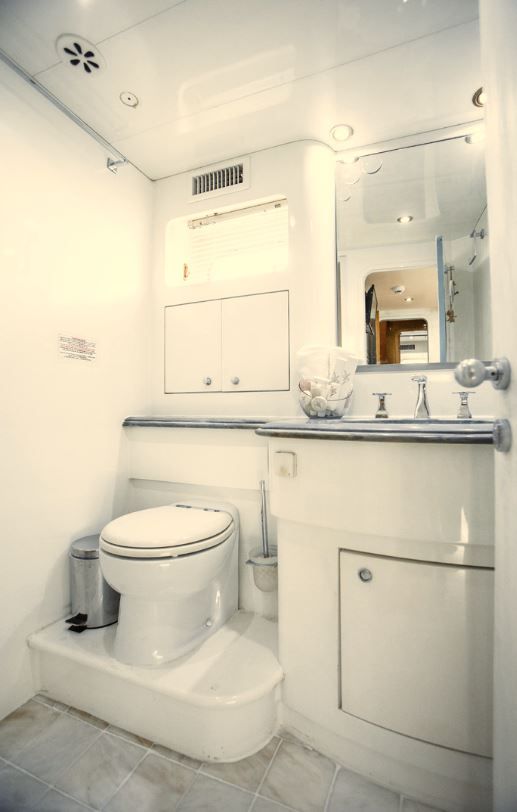 Sailing at sea means complying with scrupulous regulations, and having the right equipment. However, another criterion comes into play: the navigation zone. Current regulations take into account around four navigation areas at sea. Depending on the area, there are rules on the appropriate safety equipment.
Sailing at sea means complying with scrupulous regulations, and having the right equipment. However, another criterion comes into play: the navigation zone. Current regulations take into account around four navigation areas at sea. Depending on the area, there are rules on the appropriate safety equipment.
The basic zone covers shelters of up to 2 miles. In such a zone, you need to pay attention to the type of equipment that is compulsory. Some of the equipment listed above is suitable for this type of craft.
In coastal areas, shelters are located at a distance of between 2 and 6 miles. For a coastal navigation zone, article 240-2.04 of “division 240” imposes the compulsory presence of safety equipment such as nautical charts, a document describing the buoyage system for the zone frequented, etc.
The semi-offshore area is governed by article 240-2.05 of “Division 240”. In terms of safety equipment, it includes weapons and safety equipment for navigation, for example.
For the offshore zone, it concerns shelters located beyond 60 miles. The equipment requirements are set out in article 240-2.06 of “Division 240”. It requires the navigator to have the following safety devices on board: compulsory armament equipment, an emergency position-indicating radio beacon, etc.

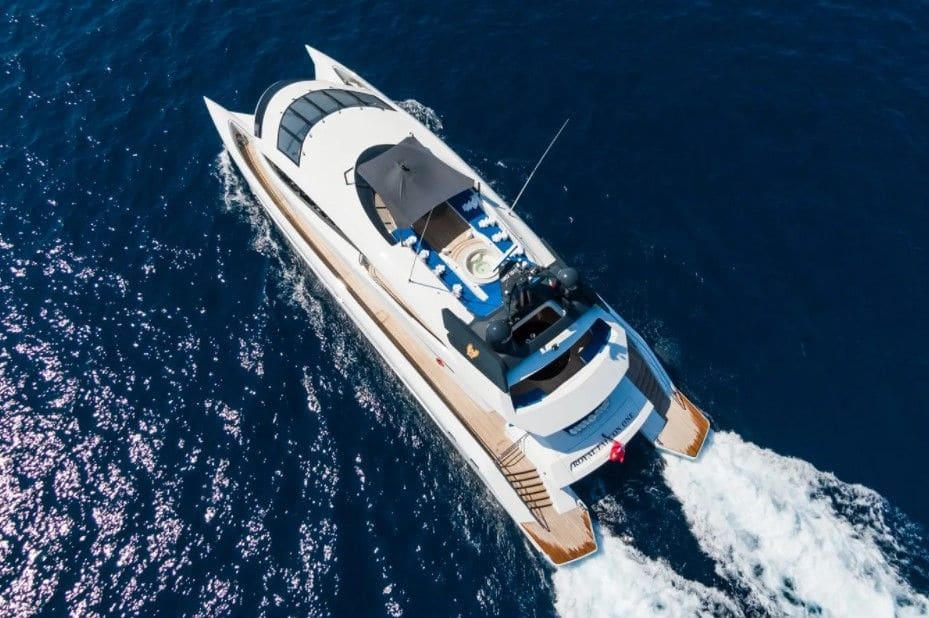
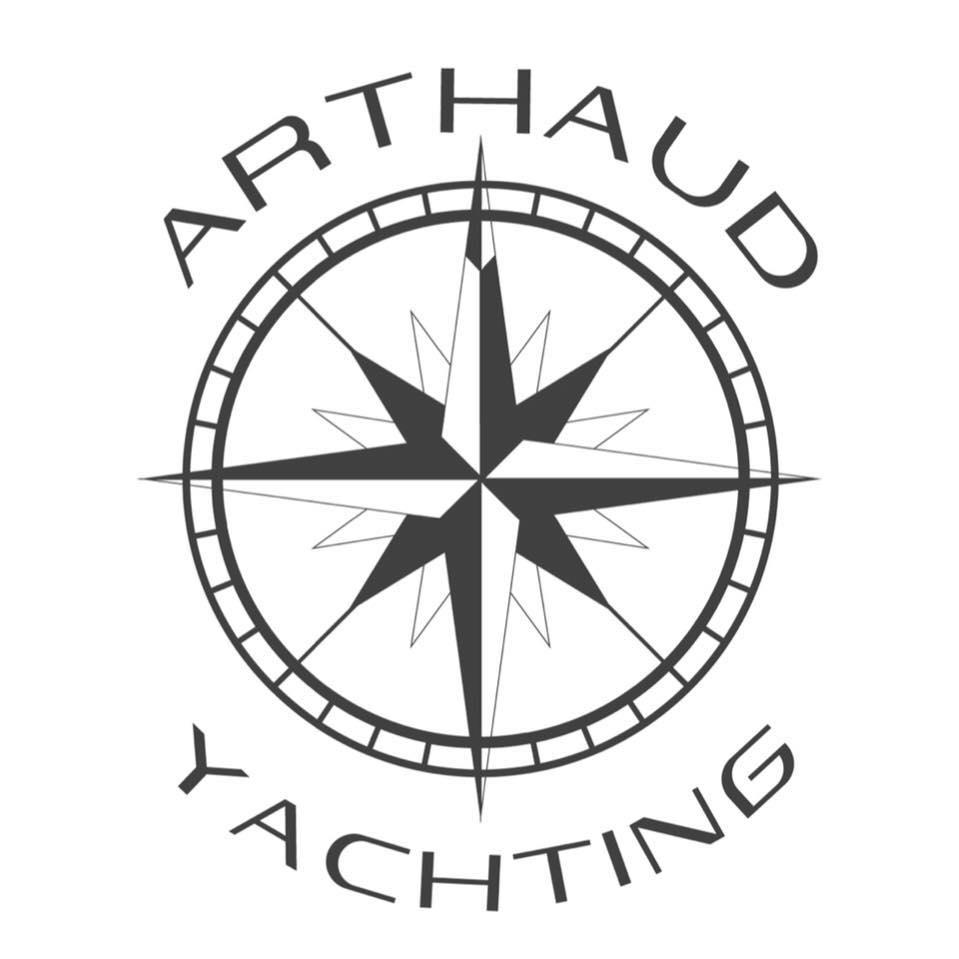



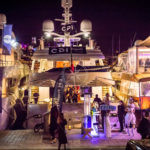



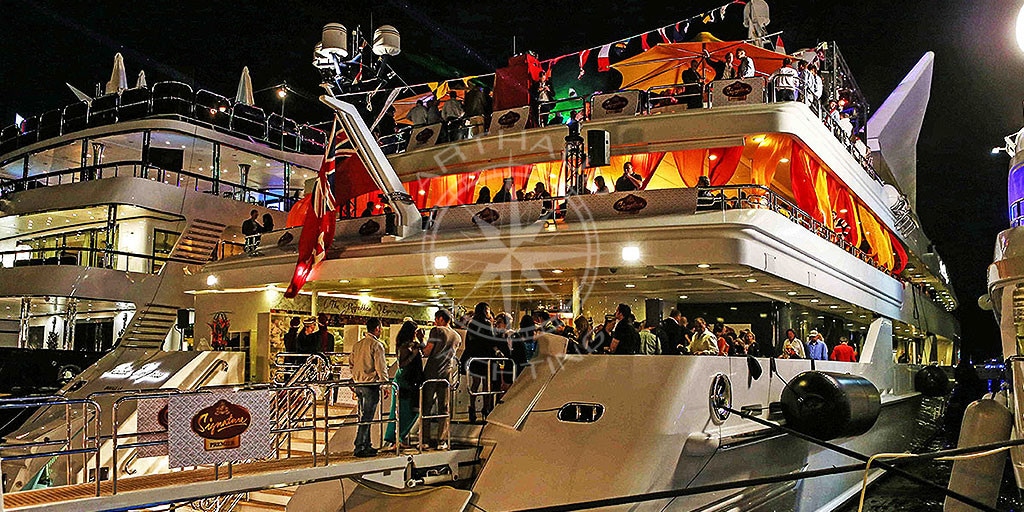
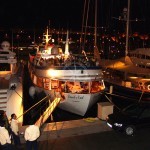

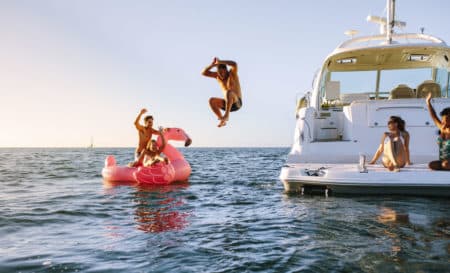 Thanks to Arthaud Yachting, access our world of luxury yacht charter for a 100% tailor-made cruise in the French Riviera region or even in the four corners of the world in destinations such as
Thanks to Arthaud Yachting, access our world of luxury yacht charter for a 100% tailor-made cruise in the French Riviera region or even in the four corners of the world in destinations such as 


Leave A Comment